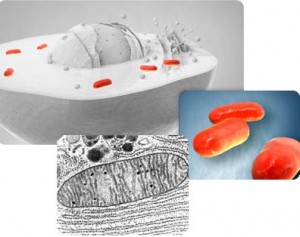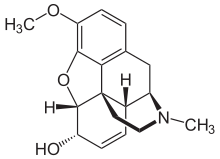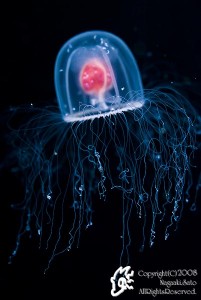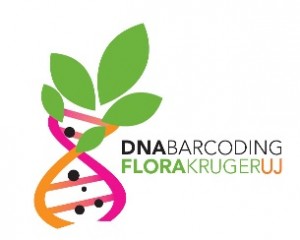Do you sit in your house every night wrapped in blankets because it’s so cold? I know I do. Especially with the cost of heating these days, who has the money to heat a whole house ? Also, there is the problem that heating a house in the most common ways, such as gas and electric, can not be very sustainable. There is good news though! There is a way you can be saved from the long winter months without breaking the bank or killing the environment. It’s called geothermal energy.
Geothermal energy is thermal energy that is stored inside the earth. This energy is partially from the formation of the earth and partially from radioactive decay inside the earth. This form of energy is important to us because we can actually pull it out of the earth and use it to heat our homes. Here is a simple video that explains how this happens:

via youtube user newgroundwork
This is helpful to us in today’s world because it is renewable, sustainable and environmentally friendly. It is said to be renewable because there is an unbelievable amount of thermal energy inside the earth which is already cooling slowly. Therefore, the amount that we extract is so small in comparison that is doesn’t have much effect on the earth. It also has very low emissions which is why it is said to be environmentally friendly. This could help the serious problem of global warming.
In addition, Geothermal energy use is also cost efficient. Pumps are used to get the energy; therefore, no fuel is necessary. This helps the cost because you do not need to worry about the rise or fluctuations in the price of fuel.
Upon the review of the evidence shown, it is seen that all hope is not lost. Geothermal energy can be an excellent way to keep you and your family warm this winter.


























